Waste Diversion Tips
Learn the ins and outs of construction waste diversion with recycling tips and LEED certification guides.
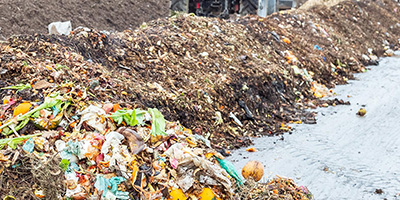
A recent trend in the U.S. is the emergence of green waste landfills. We’ve got the info you need, from why compost landfills are important to how they’ll benefit the environment.
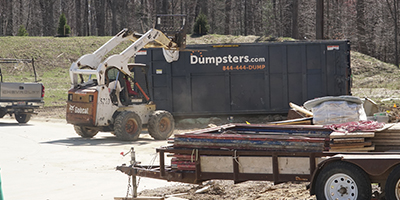
We maximize your diversion rate on the job. With hauler partnerships nationwide, we’ll provide waste disposal reports to satisfy your project requirements.
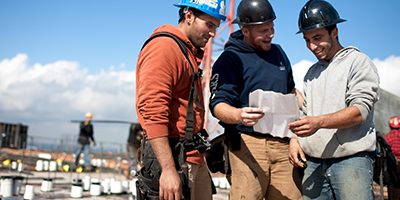
Need to make a construction waste management plan? Try our free waste management plan template.
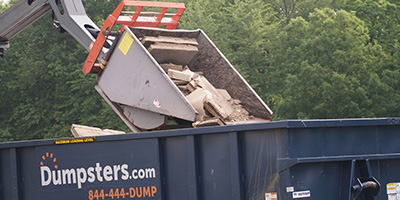
Is construction waste recycling better on-site or off-site? We break down the pros and cons of each, comparing the costs, time and recovery rates involved.

There are plenty of opportunities to recycle construction materials on the jobsite. Our tips will help you increase efficiency and achieve recycling goals.

Obtaining LEED certification puts your business at the top of the sustainable charts. Learn what options are available for your upcoming project and building.

Learn how to write a waste management plan to help your organization reduce waste production and earn eco-friendly credibility with expert advice from Stanford University.
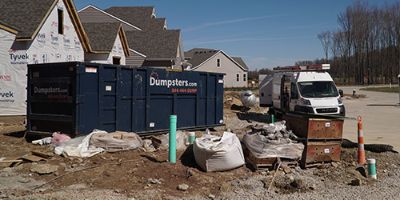
Whether you’re renovating a home or tearing down a building, you can tailor your waste management plan to reduce waste on your construction site. Try reusing, donating or recycling materials to keep them out of the landfill.

Learn how the new SWEEP standard could change the way we handle solid waste management by setting standards for sustainable materials management.

Learn how to calculate your diversion rate and send less to the landfill with waste diversion best practices from CleanRiver Recycling Solutions.
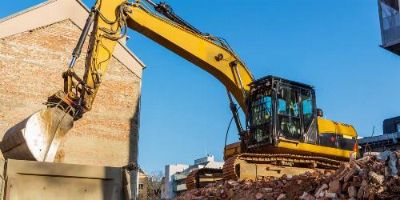
Residential deconstruction is on the rise as homeowners and companies look for eco-friendly alternatives to demolition. Find out how deconstructing a home for building materials has plenty of benefits – including saving on tax dollars.
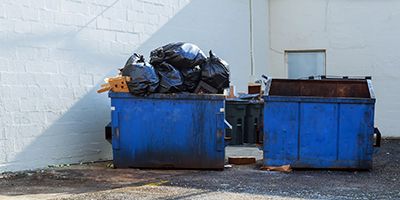
Knowing what your business throws out each week can help you recycle more, budget better and green your image. Use our simple checklist to learn how to plan a waste audit for your organization.

Certification shows your environmental commitment. Learn how we can help your project get certified with waste diversion reports and LEED documentation.
